japanese pagoda tree edible
Regent rapid growth profuse. 5b - 9a Wetdry.

Japanese Pagoda Tree 10 Seeds Sophora Bonsai Amazon De Garden
It is hardy to UK zone 5 and is not frost tender.
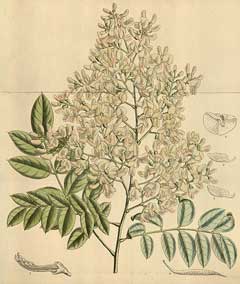
. It is a medium to large deciduous tree that typically matures to 50-75 less frequently to 100 tall with a broad rounded crown. Tolerates drought Native range. The modifying action of the Japanese pagoda tree Sophora japonica and pantocrine in radiation lesions.
50 - 70 Site characteristics. The modifying action of the Japanese pagoda tree Sophora japonica and pantocrine in radiation lesions. Japanese pagoda also known as Styphnolobium japonicum is a large deciduous tree native to China but cultivated in Japan for hundreds of years.
The plant is important in traditional medicine and its leaves and flowers are edible. The flowers and seedpods can be used to make a yellow dye. Sophora japonica is a deciduous Tree growing to 20 m 65ft by 20 m 65ft at a fast rate.
The leaves can also be made into tea and an edible starch is obtained from the seed. It grows in a tropical climate. Vigorous Has hardiness zone.
It is a medium to large deciduous tree that typically matures to 50-75 less frequently to 100 tall with a broad rounded crown. Japanese pagoda tree Styphnolobium japonicum also called Chinese scholar tree tree of the pea family Fabaceae. The perfect Japanese garden isnt complete without a Millstone Jpanaese Pagodatree Sophora japonica Halka intermingled with the maples.
The Japanese pagoda tree is often called the Chinese scholar tree. Japanese Pagodatree Fruit. Japanese Pagodatree is a tree.
From the smallest fern in the world that measures just one-centimeter tall to tree-sized forms theres a size to fit every landscape. Fluffy pyramidal panicles or clusters of creamy white-green fragrant. The Japanese pagoda tree is included in some significant Chinese legends and serves as a cultural and historical reference.
Japanese Pagodatree Flower. Hermaphrodite Has growth rate. Each pod produces between 1 and 6 brown beanlike seeds.
Styphnolobium japonicum. Despite its name the Japanese pagoda tree is native to China and was introduced to Japan where it is commonly found on the grounds of Buddhist temples. The breath is slight the taste is slightly bitter.
Japanese Pagoda Tree Has drought tolerance. The species is hermaphrodite has both male and female organs and is pollinated by Insects. The fruits mature in autumn and often continue to hang down in the winter.
Here I am offering Seeds from Styphnolobium japonicum also known as Japanese Pagoda tree and Chinese Scholar tree. Studies on the interaction of the Sophora japonica lectin and concanavalin A with erythrocytes and lymphocytes. See above for USDA hardiness.
Huai Hua Mi Japanese Pagodatree Pods. You can also produce an edible starch from the seeds from this plant. 5 Has lifecycle type.
Best used for High Blood Pressure. Sheng Huai Jiao Japanese Pagodatree Immature Fruit. If you would like more pagoda tree information click on this article.
It is in flower in September and the seeds ripen in November. Insects Has flowers of type. The beautiful white cream.
Sophora japonica commonly called Japanese pagoda tree or Chinese scholar tree is native to China and Korea but not Japan. It has 10 stamens 9 of which are basally conjoined filaments slender. It offers frothy flowers when in season and fascinating and attractive pods.
It is an upright broad-spreading tree that grows as wide as it does tall forming a lacy canopy of dark green pinnate leaves. But its not only beautiful its also very beneficial to the circulatory system. Sophora japonica has a documented history of being used to promote optimal.
Need more donations to enable us to keep going to maintain and further develop our free-to-use database of over 8000 edible and useful plants. Pistils are cylindrical curved. Huai Jiao Japanese Pagodatree Fruit is cold in nature.
As the official tree of Beijing China it demonstrates the common theme of aesthetic beauty shared between East and West. Unknown use Rutin and Tea Has environmental tolerance. They provide the perfect backdrop for the flower power right around the corner.
It can fix Nitrogen. It is generally cultivated for its attractive compound foliage and fragrant. The fruit of the pagoda tree is a yellowish bean-shaped pod narrow between seeds like a string of beads.
We need at least 1000 or 1300 1200 every month and recently. While some parts of the pagoda tree are edible the peas are toxic and should not be consumed. It grows up to 20 M.
Japanese pagoda trees can tolerate full sun or partial shade and need rich well-drained soil in Zones 6-8 and mild areas of. The Japanese pagoda tree is often called the Chinese scholar tree. This seems more appropriate despite the Japanese reference in its scientific names since the tree.
Japanese pagoda tree has 5 petals yellow or yellow-white 1 larger suborbicular apically concave the remaining 4 oblong. Tolerant Has edible part. The modifying action of the Japanese pagoda tree Sophora japonica and pantocrine in radiation lesions.
The Japanese pagoda tree Sophora japonica or Styphnolobium japonicum is a showy little shade tree. Sophora japonica otherwise known as Japanese pagoda tree is native to eastern China and Japan. Flowers Leaves and Unknown part Has edible use.
Elegant upsweeping branches hold an abundance of bright green foliage during the warm months. The is calyx intact campanulate yellow-green apex 5-lobed. Styphnolobium japonicum commonly called Japanese pagoda tree or Chinese scholar tree is native to China and Korea but not Japan.
Styphnolobium japonicum is a deciduous Tree growing to 20 m 65ft by 20 m 65ft at a fast rate. Drought Has fertility type. Studies on the interaction of the Sophora japonica lectin and concanavalin A with erythrocytes and lymphocytes.
Questions about Pagoda Tree. Attractive cream-colored flowers in late July. Its beautiful white flowers make it a prized ornamental tree all over the world.
The paw paw is the largest edible fruit indigenous to the United States. Studies on the interaction of the Sophora japonica lectin and concanavalin A with erythrocytes and lymphocytes. 50 - 82 Other.
It is generally cultivated for its attractive compound foliage and fragrant late. A yellow dye can be made by boiling the dried flowers and buds in water. Clay loam sandy soils.
See above for USDA hardiness. This seems more appropriate since the tree is native to China and not Japan. Styphnolobium japonicum previously Sophora japonica popularly known as the Japanese pagoda tree Chinese scholar tree or pagoda tree is a species of plant in the subfamily Faboideae in the Fabaceae Leguminosae Pea family.
Most people still call this tree by its synonym Sophora japonica. Princeton Upright upright.

Sophora Japonica Japanese Pagoda Tree Scholar Tree Pfaf Plant Database
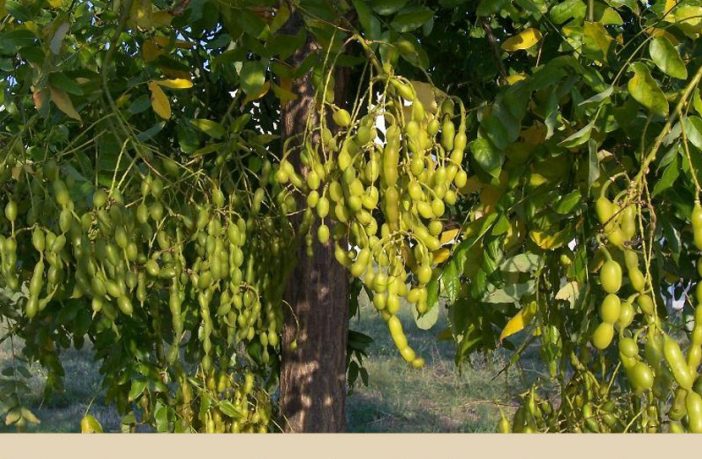
Pagoda Tree Facts And Health Benefits
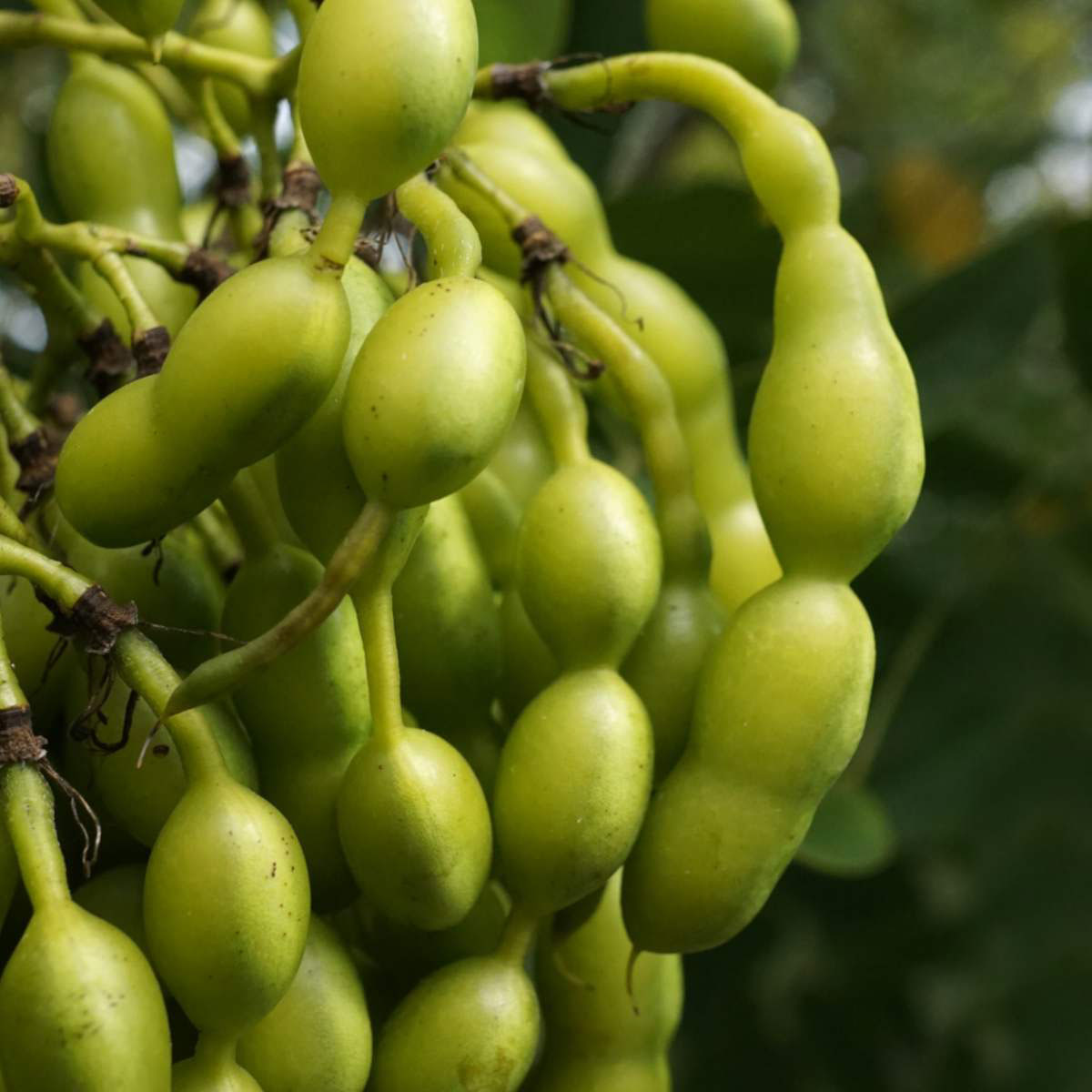
Pagoda Tree Facts And Health Benefits

The Japanese Pagoda A Late Summer Flowering Tree Tbr News Media
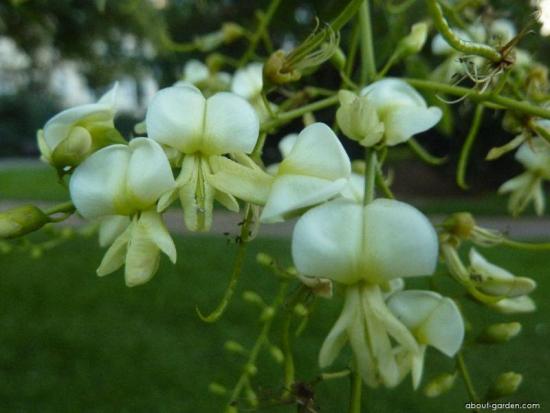
Japanese Pagoda Tree Scholar Tree Yale Nature Walk
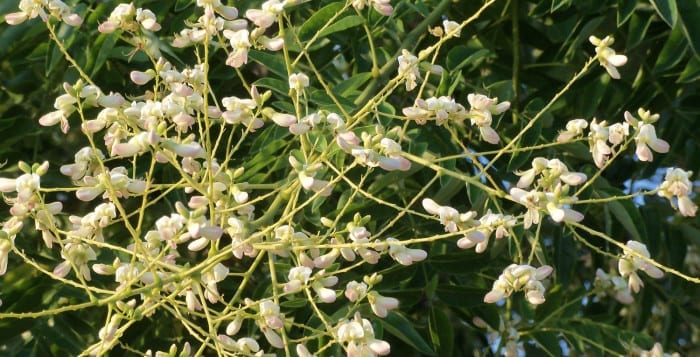
The Japanese Pagoda A Late Summer Flowering Tree Tbr News Media
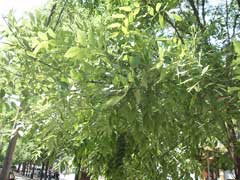
Sophora Japonica Japanese Pagoda Tree Scholar Tree Pfaf Plant Database
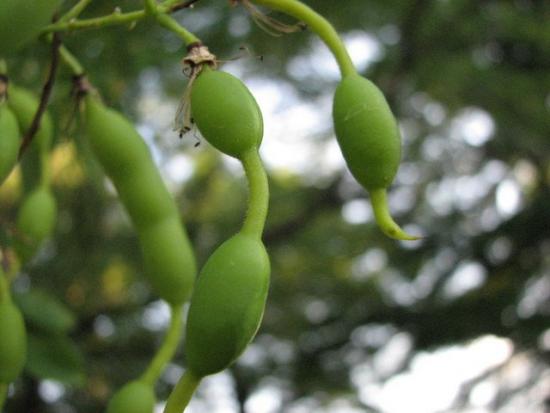
Japanese Pagoda Tree Scholar Tree Yale Nature Walk
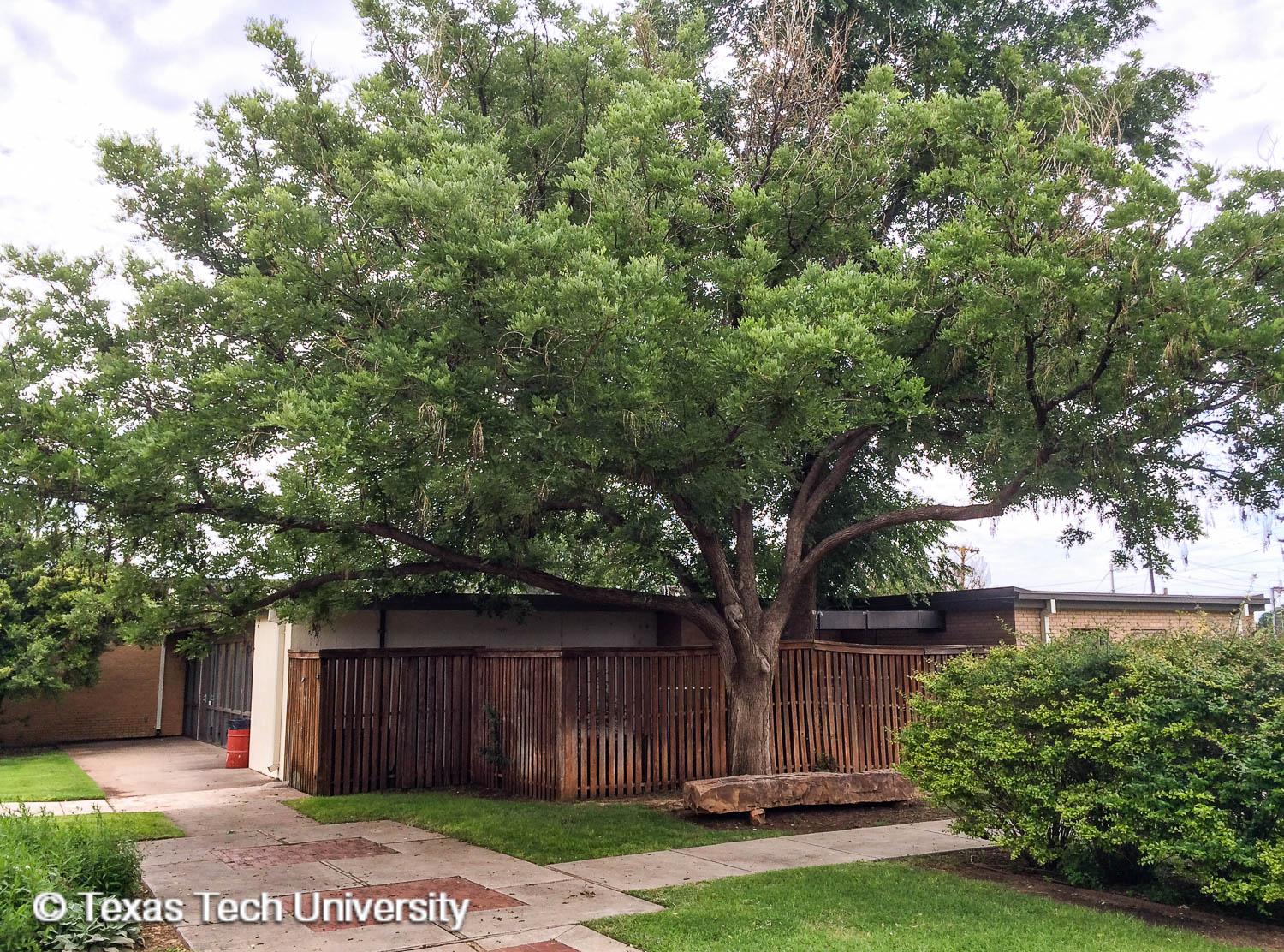
Japanese Pagoda Tree Plant Resources Home Ttu

Sophora Japonica Japanese Pagoda Tree Japanese Pagoda Tree Identification Japonica

Japanese Pagoda Tree Seed Pods Umbrella Tree Tree Seeds Japanese Pagoda
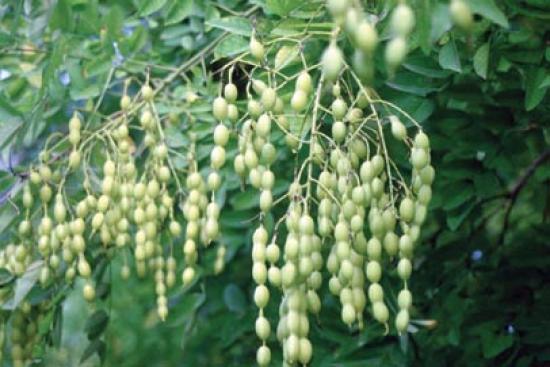
Japanese Pagoda Tree Scholar Tree Yale Nature Walk
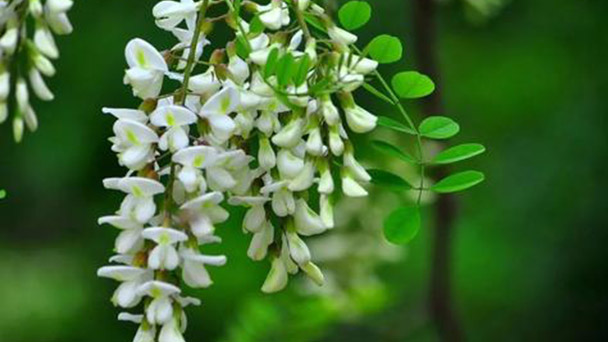
Japanese Pagoda Tree Profile Rayagarden
Japanese Pagoda Tree Sophora Japonica Also Styphnolobium Japonicum
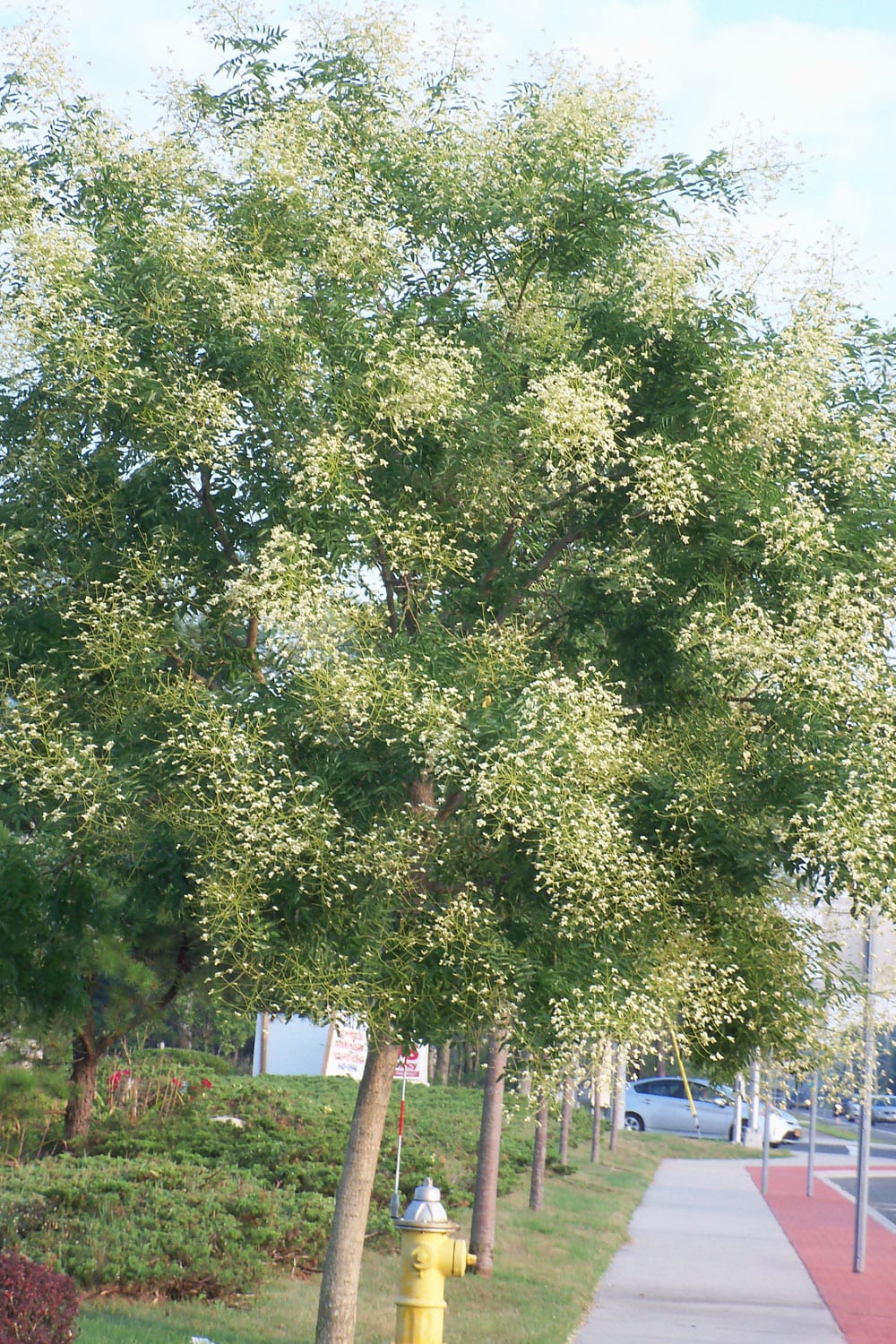
The Japanese Pagoda A Late Summer Flowering Tree Tbr News Media
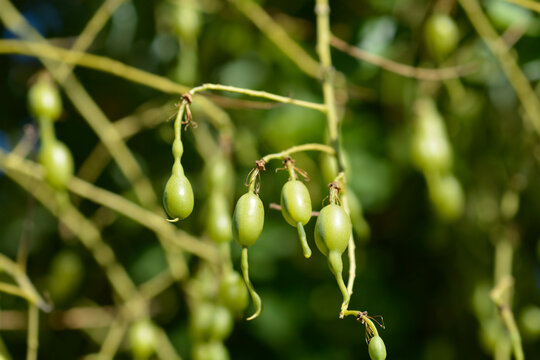
Plumeria Alba Images Browse 2 231 Stock Photos Vectors And Video Adobe Stock
Japanese Pagoda Tree Becoming Popular In U S Cities What Grows There Hugh Conlon Horticulturalist Professor Lecturer And Gardener
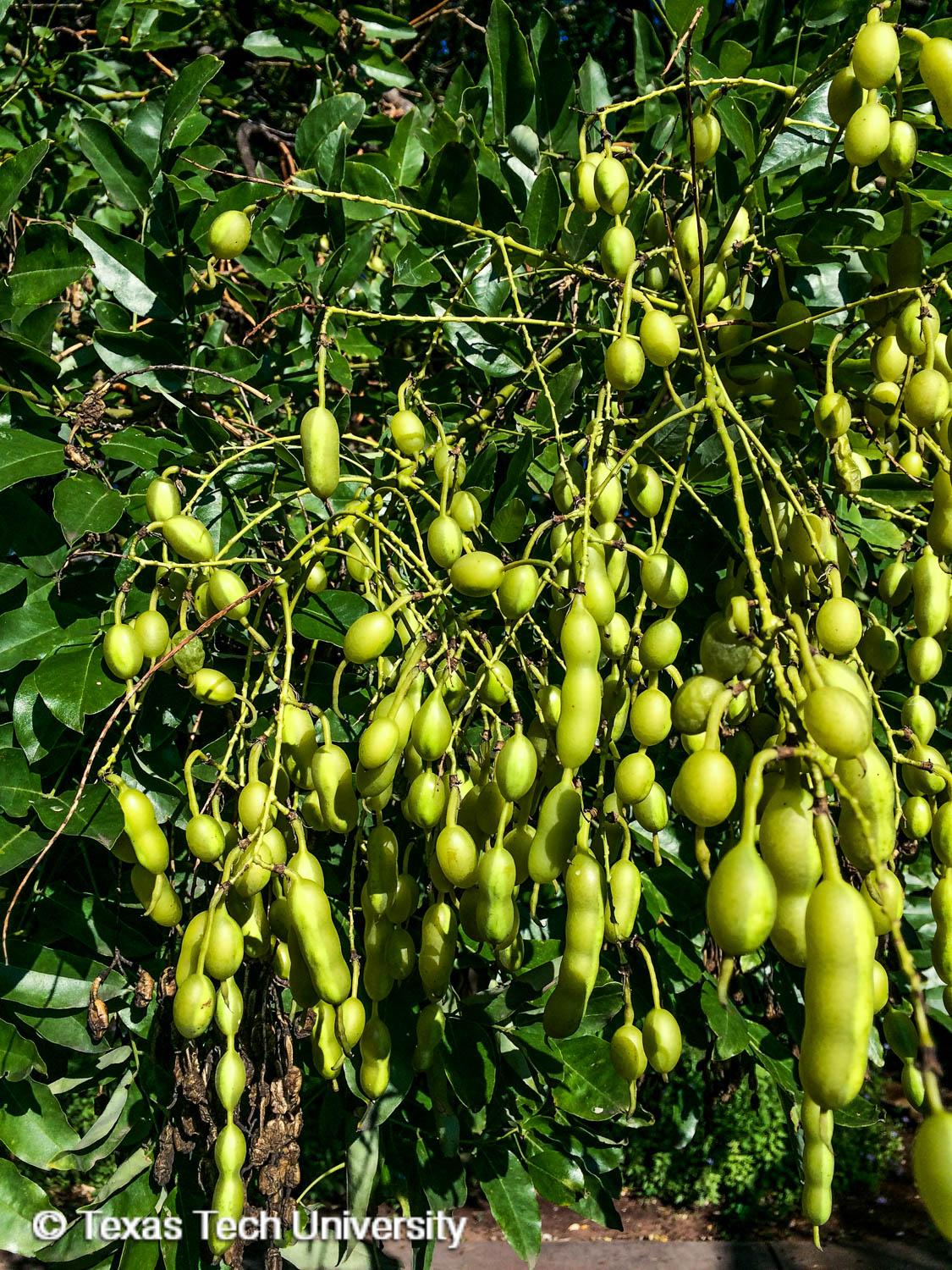
Japanese Pagoda Tree Plant Resources Home Ttu
Japanese Pagoda Tree Becoming Popular In U S Cities What Grows There Hugh Conlon Horticulturalist Professor Lecturer And Gardener